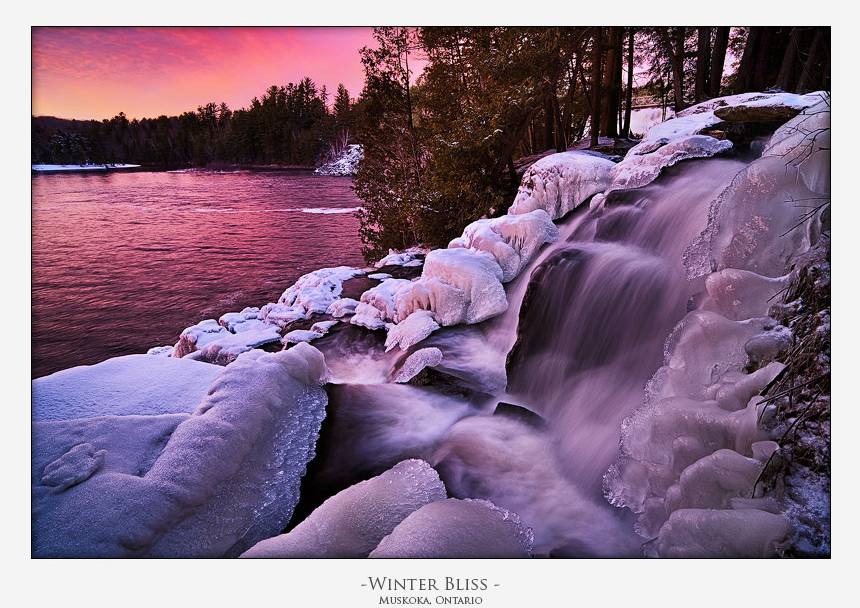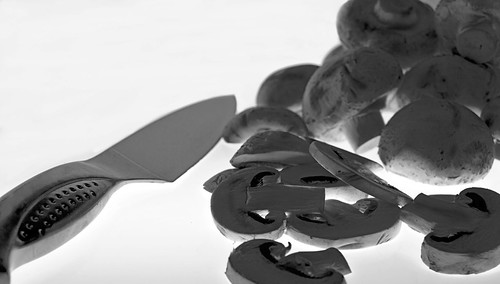
• Winter Bliss • By Kyle McDougall
Winter photogrpahy – free your vision.
Too often the dull, dim and dank days of Winter leave us cold. Venturing out? Winter photography? Noooo! Yet Winter offers a world of inspiring colours, textures, sights and light not there at other times of the year.
Not grey, great!
Like any other time of the year sunset and sundown are times of the day when the most amazing colours are revealed. The magic of the golden hour pinks and golds is just as exciting in the winter as it is in the summer – and you don’t have to be out so early or so late with shorter days. What is not so obvious to the inexperienced, Winter photography is the power of the winter colours. There is amazing colour, strong colour. However, especially in snowy environments, the golds, pinks and blues are mellowed into a softness that you don’t see at other times of the year. The wonderful pink tones in the image above show the point beautifully.
I have mentioned before in these pages that often the best pictures are captured just after the sun has gone down or just before it comes up. This “blue” period of the day provides infinite tonal blues that caress the eye. I just love these times of day. The great thing is that most photographers have packed up and gone home as the “blue” time starts… you have the stage. Make the best of this time as you will be among the few who use it well.
In Winter, texture wins the day
The lower light levels, and lower angle of light in the sky, often puts off photographers in Winter. But this is the best time to capture some wonderful textures. Muted winter colours and low light combine to create excellent contrasts and micro-shadows. Along with the soft light these environmental factors are a gift to the seeing photographer. Ice, snow and even water take on an almost ethereal glow punctuated by texture. If you can capture that with a good composition your pictures will create wonderful and lasting images in your viewers mind. Look for opportunities to get the sun low in the sky and those lovely early morning or evening tones and shadows from the side.
Opportunities
In your winter photography look for opportunities to express the colours and contrasts that appear. They are different to those you find in the Summer. The subtleties of tone, texture and colour are there for all to see, but only the insightful photographer will make good use of them.
My thanks to Kyle McDougall for his permission to use his photographs.
 Photokonnexion tips by email
Photokonnexion tips by emailIf you enjoyed this article please sign up for our
daily email service.
Find out more…
Start Photokonnexion email subscription now!
Photokonnexion Photographic Glossary – Definitions and articles.
Light and Lighting – Resource pages on Photokonnexion
Composition resources on Photokonnexion
Five simple composition tips for great snow images







